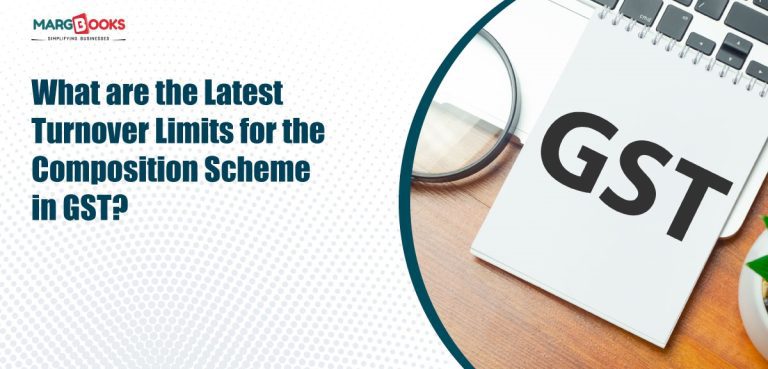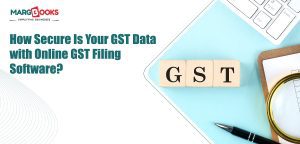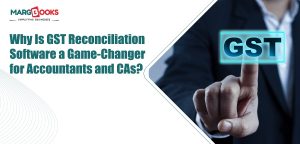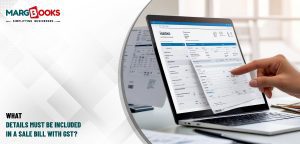If you’re a small trader, shopkeeper, or service provider trying to manage taxes without getting buried in paperwork, the composition scheme in GST might be your best friend. It’s a simplified tax option meant for small businesses that don’t want to deal with the hassle of monthly GST returns and complex rules.
Whether you’re running a sweet shop in Kanpur or a tailoring store in Kochi, this scheme helps you stay compliant with less effort. In this blog, we’ll break down the latest turnover limits, eligibility rules, and real-life benefits of the composition scheme in GST, with practical examples you’ll relate to.
Who Can Opt for the Composition Scheme in GST?
The composition scheme in GST is designed for small taxpayers who want to pay a fixed percentage of their turnover as tax, without getting into the nitty-gritty of input tax credit and invoice matching.
Eligibility Criteria:
- Traders and Manufacturers: Turnover up to ₹1.5 crore in most states (₹75 lakh for special category states).
- Service Providers: Turnover up to ₹50 lakh (introduced under Notification No. 2/2019).
- Mixed supply (goods + services) businesses can also apply under certain conditions.
Turnover Limits by Category:
- Goods Traders/Manufacturers: ₹1.5 crore
- Special Category States: ₹75 lakh
- Service Providers: ₹50 lakh
- Restaurants (Not serving alcohol): ₹1.5 crore
Example
A dosa outlet in Chennai with annual sales of ₹1.2 crore can pay a flat 5% GST under this scheme with GST billing software, without worrying about monthly returns. They manage it easily with MargBooks and never miss a due date.
Benefits of Choosing the Composition Scheme in GST
This scheme isn’t just about reduced tax rates. It’s also about peace of mind. The key benefits are as follows:
For Lower Tax Rates:
- Traders: 1%
- Manufacturers: 1%
- Restaurants (Non-alcohol): 5%
- Service Providers: 6%
- Quarterly Filing instead of monthly GST returns
- No detailed records required, simple summaries are enough
- Cannot collect GST from customers with easier pricing
- Less risk of notices and scrutiny
A grocery shop in Ahmedabad uses MargBooks to automatically track their turnover and file quarterly returns under this scheme without hiring a full-time accountant.
What Are the Limitations?
This is very easy and simple to do, but there are a few restrictions you should know:
- No input tax credit allowed
- Not eligible if you deal in interstate supplies
- You can’t supply through e-commerce platforms like Amazon or Flipkart
- You must mention “composition taxable person” on all bills
For example, a boutique in Indore using online invoice software must ensure every bill clearly states this status to stay compliant.
Why Turnover Limits Matter So Much?
Turnover is the gatekeeper for eligibility. Once you cross the limit, you’re automatically out of the scheme and must switch to regular GST filing with the composition scheme in GST.
Things to Keep in Mind:
- Turnover includes all supplies made, including exempt supplies
- It’s calculated PAN-wise, not GSTIN-wise. So even if you have multiple outlets, all are clubbed together.
How do Businesses Use This Scheme?
Still wondering how this works in the real world? Here are a few examples:
Kirana store in Bhopal: Turnover ₹90 lakh, pays just 1% under the scheme, files returns every quarter.
Freelance graphic designer in Pune: Turnover ₹35 lakh, pays 6% GST with minimal compliance work with our Online invoice software.
South Indian restaurant in Hyderabad: Turnover ₹1.3 crore, opts for 5% GST with no input credit, bills are managed.
A shoe trader with outlets in Delhi and Gurgaon must track total turnover PAN-wise. They use GST billing software to consolidate and monitor everything in one place.
When Should You Reconsider?
The scheme is perfect for low-volume, local businesses. But if you:
- Start selling on e-commerce sites
- Expand to interstate supplies
Want to claim input tax credit on purchases? Then you may need to switch to regular GST.
Conclusion
If you’re a small business owner looking to keep things simple, the composition scheme in GST is a great option, as long as your turnover fits the latest limits. With flat tax rates, fewer filings, and no complex input tax tracking, it’s a practical way to stay GST-compliant without losing sleep.
Whether you run a service studio in Nagpur or a stationery shop in Ludhiana using MargBooks, our software can help you stay on top of your numbers and avoid penalties. For many small businesses in India, the composition scheme in GST is not just convenient, it’s smart.




